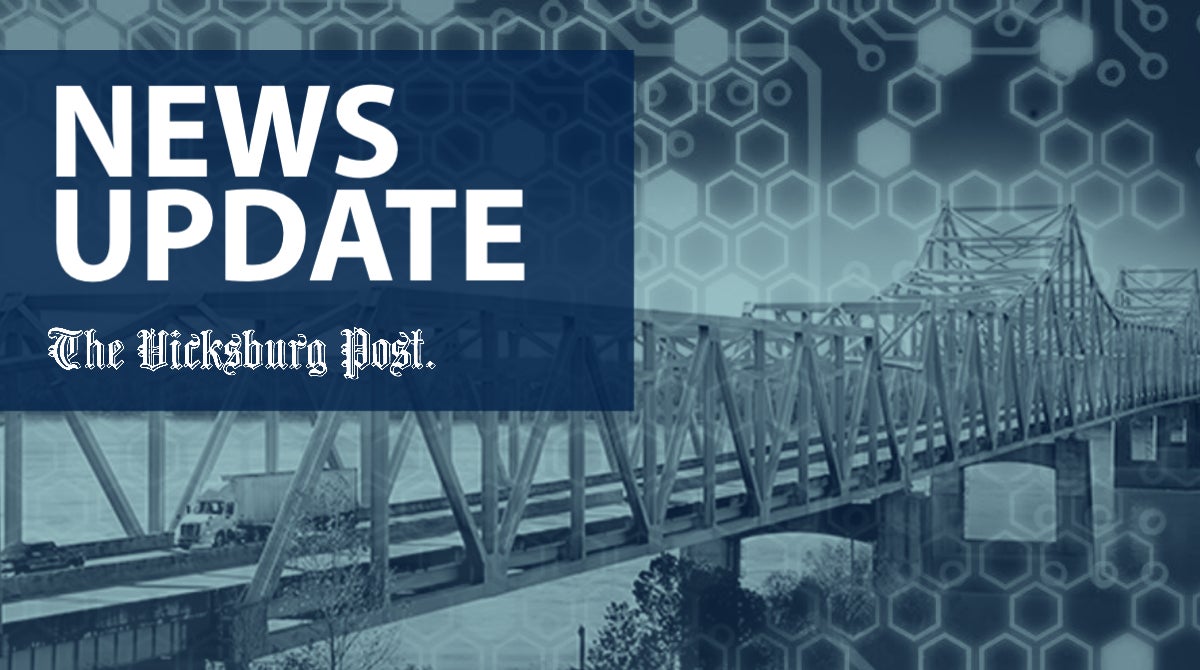ERDC researchers analyze resilience in nanotechnology supply chains
Published 5:37 pm Thursday, April 21, 2022
Researchers at the U.S. Army Engineer Research and Development Center (ERDC) are analyzing the need for increased resilience in nanotechnology supply chains.
Manufacturing and distribution of products require a complex network of suppliers and distributors that constitute supply chains. In today’s world, most people are aware of supply chains and have probably been affected by supply chain disruptions caused by the COVID-19 pandemic.
“Supply chains are pivotal in the production of both military and civilian products and technologies,” said Dr. Igor Linkov, senior scientific technical manager for ERDC’s Environmental Laboratory (EL). “Our team looked at two questions: a) how do you assess the impacts of supply chain disruptions on the manufacturing bottom line and product availability to consumers, and b) how do you mitigate supply chain disruption and increase their ability to recover, particularly when the various secondary or tertiary contributors to a supply chain are poorly characterized?”
In the past, supply chains were optimized to be efficient and lean. Companies like suppliers with low labor costs and predictable and inexpensive material availabilities; suppliers having mature capabilities to ship basic or composite materials to manufacturing centers and consumers alike are also popular. However, when there is a crisis and supply chains are disrupted, efficiency may not equal the ability to recover from the disruption.
For example, it is efficient to have one supplier that covers all the material requirements for a given product, but it is not resilient because if that supplier is disrupted then the whole supply chain is impacted. On the other hand, having multiple suppliers for each component may not be efficient because of the extra costs required to maintain multiple suppliers with variable product lines, but if one supplier is disrupted, other suppliers are available, and the supply chain is less disrupted and far more capable of expeditious recovery.
“The biggest thing is to understand how to balance efficiency and resilience in supply chains,” Linkov said. “Understanding this, organizations can work to create a more resilient supply chain for the products and services they provide.”
In addition to analyzing supply chains in general, the ERDC research team also looked at supply chains as they relate to the nanotechnology industry and specifically to COVID vaccine production. Their results are published in recent paper in the journal Vaccine (https://www.sciencedirect.com/science/article/pii/S0264410X22001724?via%3Dihub), as well as in Current Opinion in Chemical Engineering (https://www.ncbi.nlm.nih.gov/pmc/articles/PMC8549437/).
This research, as well as other ERDC work related to climate response and recovery, is led by Dr. Benjamin Trump, a research social scientist in EL’s executive office.
Nanotechnology is an emerging technology that is the manipulation of matter on an almost atomic scale to produce new structures, materials and devices. Nanotechnology is helping to improve many technology and industry sectors, including medicine, transportation and environmental science.
“One thing we looked at was the nanotechnology supply chain as it applied to vaccines,” said Trump. “Nano-enabled components are quickly becoming vital to vaccine production. COVID-19 vaccine candidates, for instance, used nano-enabled components to improve vaccine efficacy and delivery in vivo.”
Nanotechnology allows properties of materials to be changed in a controlled way to address specific needs. In military applications, nanomaterials are used to make warfighters’ clothing waterproof and self-cleaning. Nanomaterials can also be used to heal wounds — nanomaterials can make a shirt automatically act as an antiseptic if the warfighter is wounded.
“We have tried to attract attention to the problem that in manufacturing nano-enabled products, supply chain operations are foundational logistical challenges that require careful governance,” Trump said. “We tried to look at how supply chain works for nano-enabled products and use this as a way to illustrate the importance of resilience and efficiency in supply chains.”






